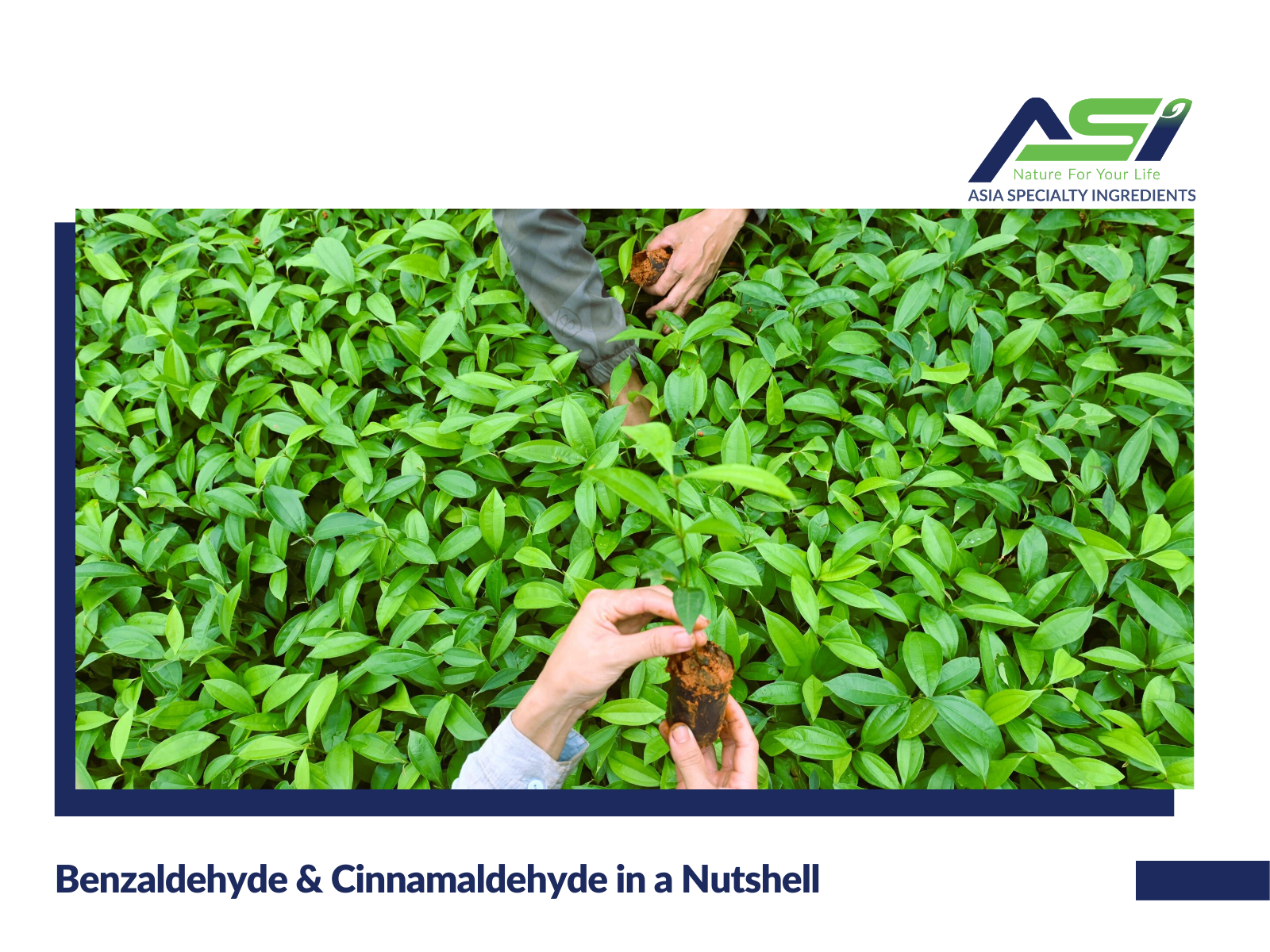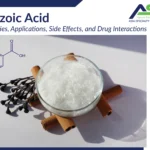Benzaldehyde (or Benzoic Aldehyde) and cinnamaldehyde are two aromatics that are commonly studied in organic chemistry due to their distinctive structures and properties. Benzoic Aldehyde, a colorless liquid with a characteristic almond-like odor, is popularly used in flavorings and fragrances. Cinnamaldehyde, on the other hand, is the aromatic responsible for the spicy aroma of cinnamon, and it is a yellowish liquid used extensively in flavoring, perfumery, and as a fungicide.
Both aromatics share the aldehyde functional group but differ in their structural frameworks. Comparing these two aromatics reveals differences in their definition, price, production method, preservation and cautions.
Table of Content
ToggleComparisons between Benzaldehyde and Cinnamaldehyde
The comparison between Benzoic Aldehyde and Cinnamic aldehyde offers a compelling exploration into the world of aromatic aldehydes, showcasing how structural variations influence chemical properties and applications. By analyzing the differences and similarities between these two compounds, we can gain a deeper understanding of their unique chemical behaviors, synthesis methods, and diverse industrial applications, highlighting the versatility and significance of aromatics.
| Creteria | Cinnamic Aldehyde | Benzaldehyde |
| Definition | Cinnamaldehyde or Cinnamic Aldehyde, chemical formula: C6H5CH = CHCHO, is the main active constituent that determines the flavor and properties of cassia essential oil. In Vietnamese cassia essential oil, Cinnamic aldehyde content accounts for a high proportion, from 70 to 85%. In nature, Cinnamic aldehyde is an organic compound that occurs mainly in the trans (E) isomer.
|
Benzaldehyde is an aromatic aldehyde, also known as Benzoic Aldehyde, Phenylaldehyde, and Benzenecarboxaldehyde. It is a compound generated by the direct connection of the aldehyde group and phenyl group with the formula C6H5CHO. Because of its similar fragrance to bitter almond, Benzoic Aldehyde was once called bitter almond oil. Benzoic Aldehyde naturally exists in bitter almond oil, patchouli oil, cassia oil, and other essential oils. |
| Production method | This is the main ingredient in the bark and leaves of the cinnamon tree (Cinnamon or Cassia) originating from Vietnam, China. Cassia leaves oil contains about 70 – 85% Cinnamaldehyde. Cinnamic aldehyde is produced by fractional distillation from cassia oil | Cassia leaves oil contains about 1 – 3% benzaldehyde. It is produced by fractional distillation from cassia oil. In addition, Benzoic Aldehyde can be created from retro-aldol reaction of cinnamaldehyde, which can be obtained naturally through Cassia oil. |
| Price | Produced from cassia oil, the price will be influenced by the price of cassia oil. | The price will be influenced by the price of cassia oil and cinnamic aldehyde |
| Preservation | The product is packed in standard HDPE packaging. Store in a dry, cool place, away from direct sunlight, heat and sources of ignition. |
Benzoic Aldehyde is readily oxidized to benzoic acid in the presence of air and should therefore be stored under inert gas. Tanks for benzaldehyde should be made of aluminum or stainless steel. Benzoic Aldehyde can be transported in drums with baked enamel finishes or in tanks made of aluminum or stainless steel. The air content of containers used for shipping benzaldehyde must be minimized. |
| Cautions | Avoid contact with eyes, open wounds, sensitive skin areas. | Contact with eyes and skin should be avoided by use of gloves and protective clothing. Self contained breathing apparatus should be used in poorly ventilated areas to prevent inhalation exposure. |
Conclusion
In conclusion, the comparison between benzaldehyde and cinnamic aldehyde highlights the differences and similarities of those two aromatics. the comparison between benzaldehyde and cinnamic aldehyde underscores the fascinating diversity found within aromatic aldehydes.
These structural distinctions not only influence their chemical reactivity and synthesis methods but also dictate their varied applications in industries such as flavoring, perfumery, and pharmaceuticals. Both aromatics are integral to various industries, from food flavoring and perfumery to pharmaceuticals and agrochemicals, each offering unique benefits and functionalities.
Despite sharing the aldehyde functional group, their divergent properties and uses underscore the versatility of aromatics. Understanding these differences enriches our knowledge of organic chemistry and enhances the practical applications of these valuable aromatics.
Asia Specialty Ingredients (ASI), part of Asia Ingredients Group (AIG), specializes in the production and global export of essential oils and natural aromatics. Our range of products is meticulously processed using only the finest natural ingredients sourced from the typical lands of Vietnam, including Cassia, Basil, Star Anise, and more, ensuring good product quality. Contact us for more collaboration opportunity!








